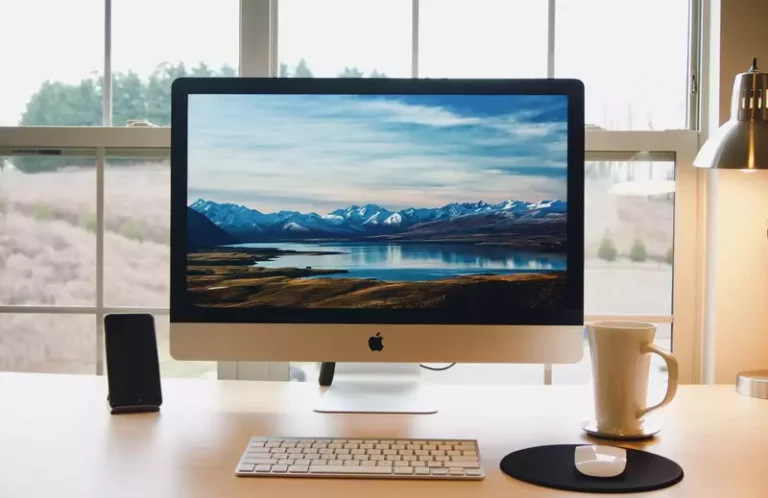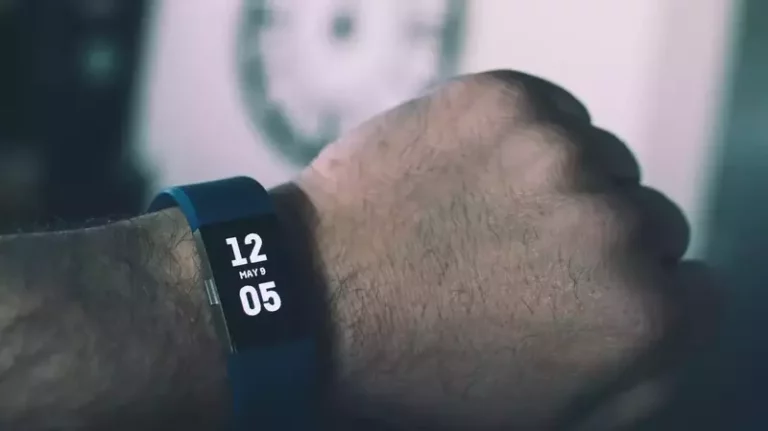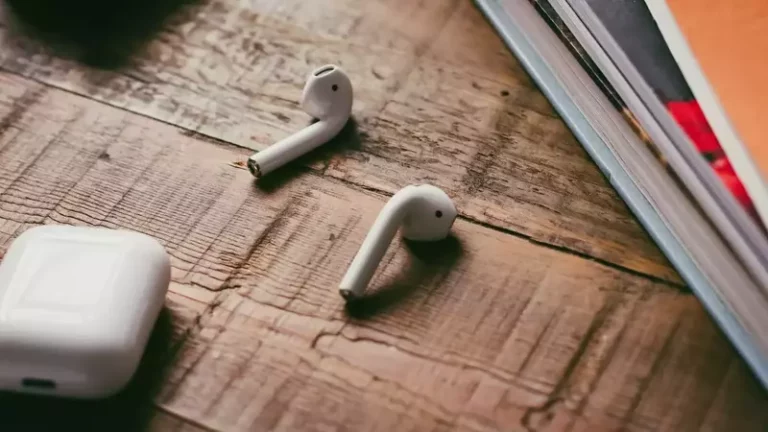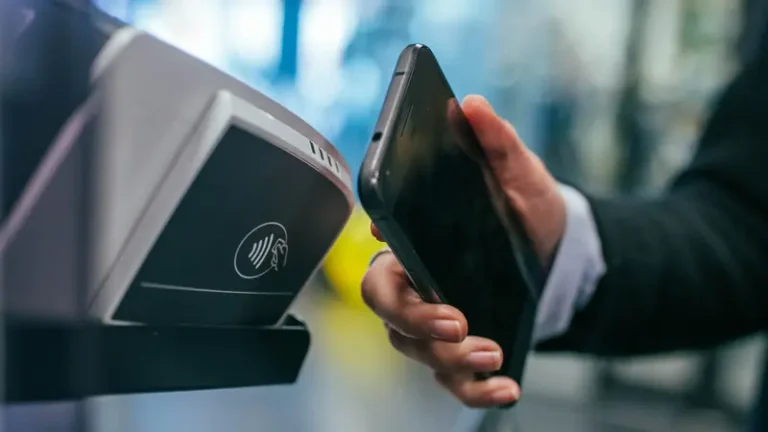Do NFL Quarterbacks Have Headsets In Their Helmets?
This site contains affiliate links to products, and we may receive a commission for purchases made through these links.
Football has come a long way since its humble beginnings in the late 19th century. The game has evolved and changed to meet the needs of fans and players alike. One of the most significant changes in recent years has been the introduction of helmets with built-in headsets. You may wonder, “Do NFL Quarterbacks Have Headsets in Their Helmets?”
NFL quarterbacks have small speakers in their helmets that let them hear their sideline coach directly before every play, but they do not have microphones. The communication is cut off within 15 seconds left on the play clock. The quarterbacks are only one part of the equation.
In this blog post, I will discuss the role of headsets in NFL quarterbacking and how they have changed the game over the years.
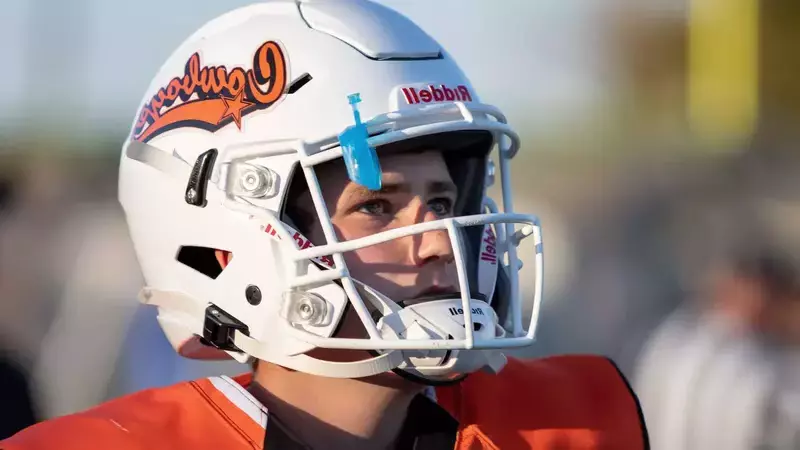
The Role of Quarterbacks on NFL Teams
The quarterback is the most critical position on any NFL team. They are responsible for leading the offense and ensuring the team scores points. To do this, quarterbacks need to communicate effectively with their teammates. This is where headsets come in.
Headsets have been a part of football for a long time, but they were only introduced to the NFL in 1994. Before this, quarterbacks had to rely on the sideline hand signals and verbal commands to relay plays. This communication was often difficult to do, especially in noisy stadiums.
Headsets allowed quarterbacks to hear their coach directly, which made it much easier for them to run the offense. It also allowed coaches to be more creative with their play calling, as they could change plays at the last minute if they saw something the defense was doing.
NFL Rules On Players’ Headsets
Players using headsets and coaches wearing headsets are two different things. In NCAA football, on-field players are not permitted to use technology to communicate with the sidelines.
Unlike professional football, college football does not permit quarterbacks or any other player to use a helmet speaker.
Additionally, the number of coaches who can use headsets is limited. Each team in Division NCAA football is permitted to employ a total of 23 headsets. 15 headsets are distributed to coaches and coaching assistants for coaching purposes as the main group.
For non-coaching activities, the remaining 8 are split between listen-only speakers or headphones. The categories under this rule’s umbrella of eligibility for headsets can be improved upon and governed at the conference level.
There are rules in place regarding the use of headsets in the NFL. Only one offensive player on the field can have a headset in their helmet anytime. This is to prevent teams from getting an unfair advantage by having multiple players with headsets.
The quarterback is the only offensive player who is allowed to have a headset in their helmet. This is because they need to be able to hear their coach before every play.
The headset must be turned off within 15 seconds of the play clock starting. This ensures that the quarterback can’t get coaching during the play.
The defensive players are not allowed to have headsets in their helmets. This is because they could use them to communicate with each other and figure out the offense’s play.
READ MORE! Wireless vs. Bluetooth Headphones: What Is The Difference?
How the Headset is Setup in the Helmet
There is no communication technology in the typical NFL helmet. In particular, a helmet must not have anything resembling communication equipment in it to pass inspection before a game. Anything even vaguely technological is only permitted in the helmets of two players.
This consists of one offensive player and one defensive player, typically the quarterback and the middle linebacker. The back of these helmets is prominently marked with a huge, conspicuous green sticker.
There are two speakers but no microphones in the helmet of a quarterback or middle linebacker. Consider these to be the best headphones ever. On the sides of the helmet, the speakers are positioned at ear level for easy access to the ears.
As a result, there is less muffling from clothing or hair. Since microphones are not permitted on these helmets, communication is one-way only.
Giving on-the-field instructions for plays and formations is the goal of this. Due to the limitations of the play clock, there aren’t many opportunities, but it works.
Sometimes, seasoned players value the perspective and the vote of confidence.
In unfamiliar situations, new players nearly always rely significantly on their sideline coach for guidance and advice.
The Impact of Headset Use in the NFL
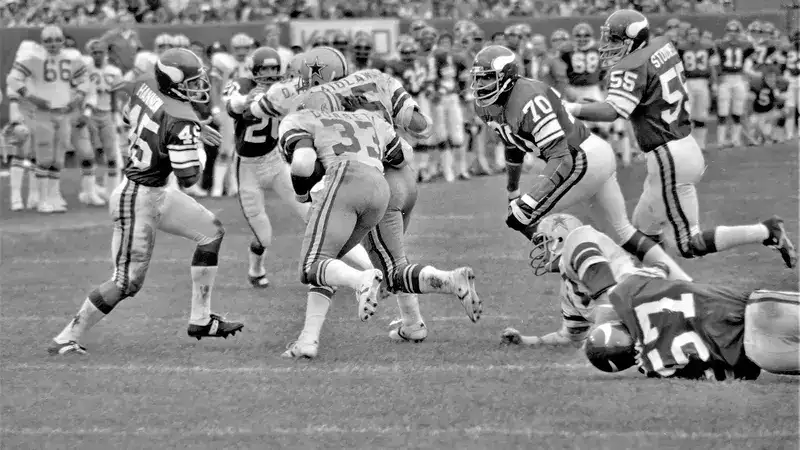
Headsets have had a significant impact on the game of football since they were introduced. They have made it easier for quarterbacks to run offenses and have given coaches more flexibility in their play calling.
Some of the impacts of headset use include:
1. Reduction in the Number of Turnovers
One of the most notable impacts of headsets is that they have reduced the number of turnovers. This is because quarterbacks can now hear their coach clearly and are less likely to make mistakes.
2. Improved Play calling
Headsets have also allowed coaches to be more creative with their play calling. This is because they can change plays at the last minute if they see something the defense is doing.
3. Quarterbacks Can Now Communicate Directly With Their Coach
Another impact of headsets is that quarterbacks can now communicate directly with their coach. This is a major advantage that quarterbacks did not have before.
4. Headsets Have Changed the Game of Football
Overall, it is clear that headsets have had a major impact on the game of football. They have made it easier for quarterbacks to run offenses and have given coaches more flexibility in their play calling.
If you are a fan of football, then you will certainly want to keep an eye on how this technology continues to impact the game.
5. Feedback From Coaches
Quarterbacks can now get real-time feedback from their coach during the game. This is a major advantage that they did not have before.
It can help them make adjustments on the fly and improve their play.
Challenges Brought About by Headsets in NFL
Headsets have also created some new challenges for the NFL. These include:
1. Teams Listen to Other Team’s Frequencies
There have been instances where teams have listened to the other team’s frequencies. This is because the headsets are not encrypted, and anyone can listen in if they have the right equipment.
2. Interference From Other Devices
Another challenge is that there can be interference from other devices, such as cell phones. This is because the headsets use the same frequency as these devices.
3. Quarterbacks are Being Coached During the Game
Another challenge is that quarterbacks can now be coached during the game. This means that they can be told what to do in certain situations. This takes away the excitement of the game of the idea that players are thinking for themselves.
Overall, it is clear that headsets have had a major impact on the game of football. They have made it easier for quarterbacks to run offenses and have given coaches more flexibility in their play calling.
If you are a fan of football, then you will certainly want to keep an eye on how this technology continues to impact the game.
Do NFL Quarterbacks Have Headsets in Their Helmets | FAQs
Do NFL quarterbacks have headsets in their helmets?
Yes, they do. Headset use is widespread in the NFL, and it has had a significant impact on the game of football. Quarterbacks can now communicate directly with their coach during the game, which is a major advantage. However, some challenges have arisen from headset use, such as interference from other devices.
How Have Headsets Changed the Game?
Headsets have had a major impact on the game of football. They have made it easier for quarterbacks to communicate with their coaches and teammates. This has led to more creative play calling and higher-scoring games. Additionally, headsets have prevented teams from getting an unfair advantage by having multiple players with headsets on the field.
When did NFL allow quarterbacks to use headsets in their helmets?
The NFL first allowed quarterbacks to use headsets in their helmets in 1994. This was a significant change for the game of football and has profoundly impacted how it is played. Quarterbacks can now communicate directly with their coach during the game, which has led to more effective play calling. Additionally, headsets have prevented teams from getting an unfair advantage by having multiple players with headsets on the field.
Does the communication turn off?
Yes, a play clock turns the communication off with 15 seconds left on it. The coach has 25 seconds to communicate with the quarterback or a defensive player throughout the 40-second play clock.
The communication stops when the ball is snapped if it is done before the 15 seconds remaining on the play clock. This regulation permits discussion during each play, although time is unquestionably constrained if a team is hurrying to snap the ball.
Final Thoughts
NFL quarterbacks have had headsets in their helmets since 1994. This has been a major change for the game of football and has impacted it in many ways.
Quarterbacks can now communicate directly with their coach during the game, which has led to more effective play calling. Additionally, headsets have prevented teams from getting an unfair advantage by having multiple players with headsets on the field.
I hope this article has helped answer your questions about NFL quarterbacks and headsets.

Espen
Espen is the Director of ProPairing and has written extensively about Bluetooth devices for years. He is a consumer product expert and has personally tested Bluetooth devices for the last decade.

